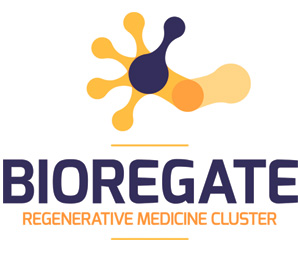We previously reported that subretinal injection of AAV2/5 RK.cpde6β allowed long-term preservation of photoreceptor function and vision in the rod-cone dysplasia type 1 (rcd1) dog, a large animal model of naturally occurring PDE6β deficiency.
The present study builds on these earlier findings to provide a detailed assessment of the long-term effects of gene therapy on the spatiotemporal pattern of retinal degeneration in rcd1 dogs treated at 20 days of age. We analyzed the density distribution of the retinal layers and of particular photoreceptor cells in 3.5-year-old treated and untreated rcd1 dogs. Whereas no rods were observed outside the bleb or in untreated eyes, gene transfer halted rod degeneration in all vector-exposed regions.
Moreover, while gene therapy resulted in the preservation of cones, glial cells and both the inner nuclear and ganglion cell layers, no cells remained in vector-unexposed retinas, except in the visual streak. Finally, the retinal structure of treated 3.5-year-old rcd1 dogs was identical to that of unaffected 4-month-old rcd1 dogs, indicating near complete preservation.
Our findings indicate that gene therapy arrests the degenerative process even if intervention is initiated after the onset of photoreceptor degeneration, and point to significant potential of this therapeutic approach in future clinical trials.

